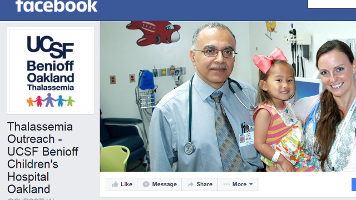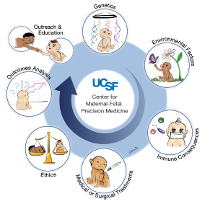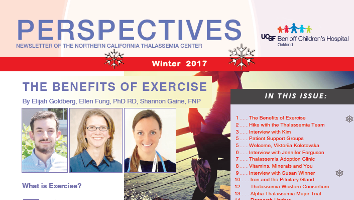Fertility and Pregnancy
 Delayed puberty and primary or secondary amenorrhea due to iron overload are common complications in transfused thalassemic females. Iron can cause damage to the hypothalamicpituitary
axis and possibly to the ovaries and testes. As with prevention of other
endocrinopathies, it is important to ensure adequate chelation starting in early childhood and
through adolescence. (Also see Section 9.2.4, regarding evaluation of adolescent females and
males with delayed puberty due to endocrinopathy.)
Delayed puberty and primary or secondary amenorrhea due to iron overload are common complications in transfused thalassemic females. Iron can cause damage to the hypothalamicpituitary
axis and possibly to the ovaries and testes. As with prevention of other
endocrinopathies, it is important to ensure adequate chelation starting in early childhood and
through adolescence. (Also see Section 9.2.4, regarding evaluation of adolescent females and
males with delayed puberty due to endocrinopathy.)
Adult fertility status in both genders may be assessed by testing LH, FSH, and estradiol in females (can be tested at any time if females are menstruating) and LH, FSH, and testosterone in males. Obtain free T4, TSH, ACTH, and cortisol stimulation tests to assess central hypothalamic-pituitary axis function. In females with amenorrhea, obtain prolactin levels.
If gonadotropins (LH, FSH) are elevated, there has been primary testicular or ovarian failure. If LH, FSH, and estradiol or testosterone are low, there is likely a hypothalamic-pituitary axis failure or secondary failure. However, in this situation, the presence of ovarian or testicular failure cannot be ruled out in addition to the pituitary failure. If pregnancy is sought, additional evaluation and treatment require referral to a reproductive center.
In the past, pregnancy was uncommon and often discouraged because of risk. Now, with improved treatment including transfusion and chelation, pregnancies are relatively common. Both spontaneous pregnancies and in vitro fertilization have been successful. Pregnancy even in patients who develop amenorrhea is being observed. Pregnancy in a patient with thalassemia is high-risk and requires multidisciplinary management. Deaths due to cardiac failure occur.
Patients with cardiac disease and significant cardiac iron are at particular risk. Optimal transfusion therapy and iron control should be established before pregnancy. There is limited data on iron chelators administered during the first trimester, and risks do exist. While iron chelation during pregnancy should generally be avoided, normal births have occurred in mothers on chelation.
See also: Pregnancy and Motherhood.












